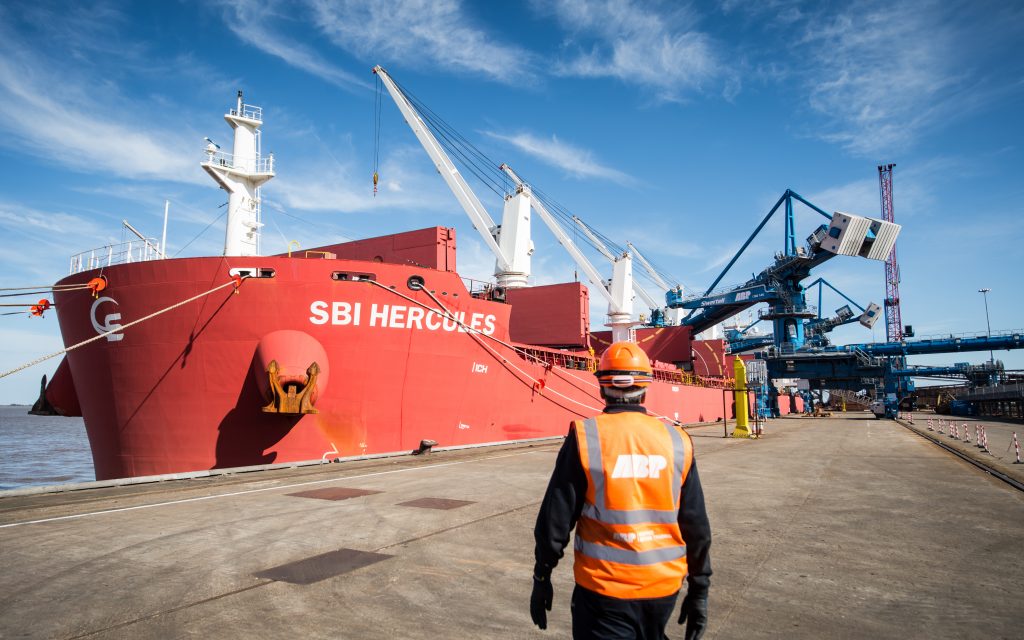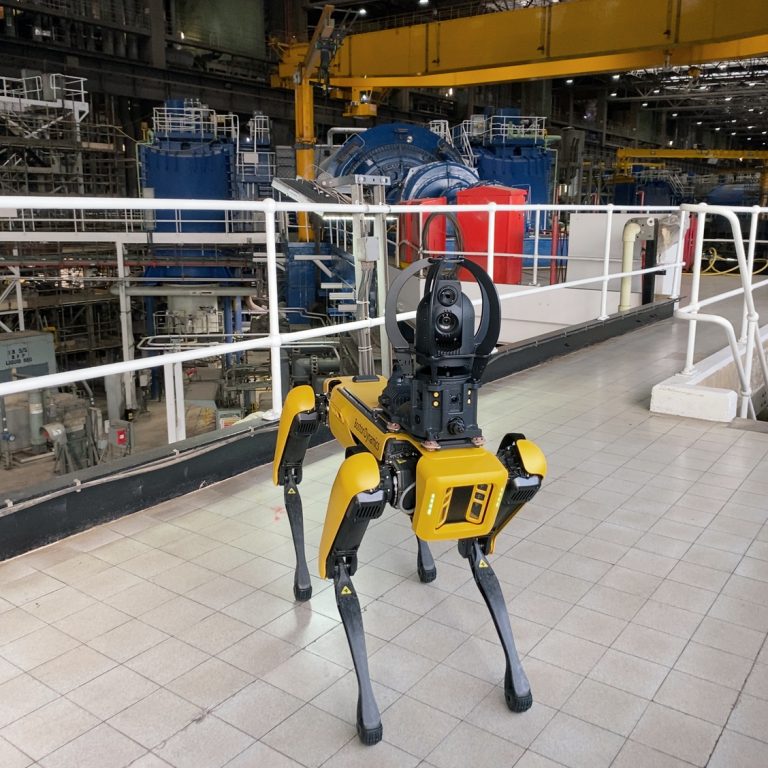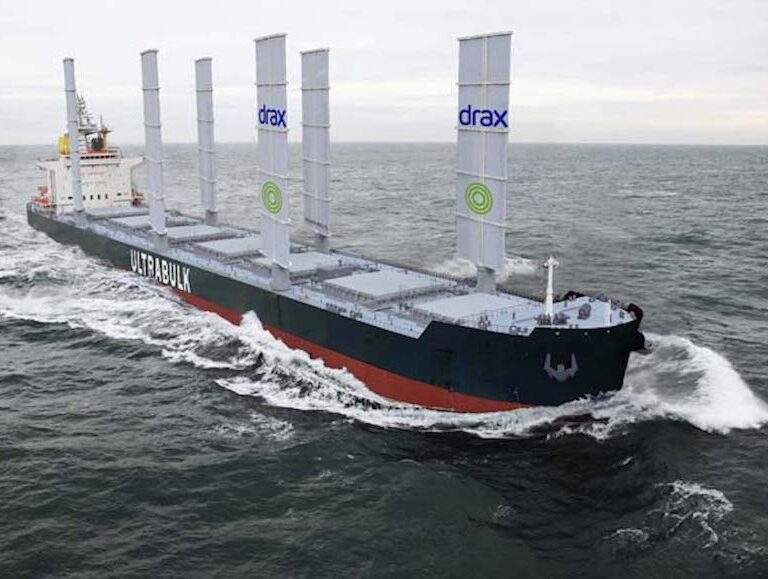Since its origins the Port of Immingham has held close links with the UK’s rail and energy networks.
It was the Humber Commercial Railway and Dock company, along with the Great Central Railway, that first established the dock, completing it in 1912 to serve its primary purpose of exporting the most important fuel of the time: coal.
Today, Immingham is the UK’s largest port by tonnage, and while these transport connections endure, they’ve changed with the times. The port is now connected to modern rail infrastructure and helps run a renewable energy system.
Immingham is one of a number of UK ports that receives shipments of wood pellets which are used to generate renewable electricity at Drax Power Station in Yorkshire. With 20,000 tonnes of wood pellets arriving at Drax every day, here are the numbers that tell the story of how the port of Immingham keeps more biomass coming in than any other in the world:
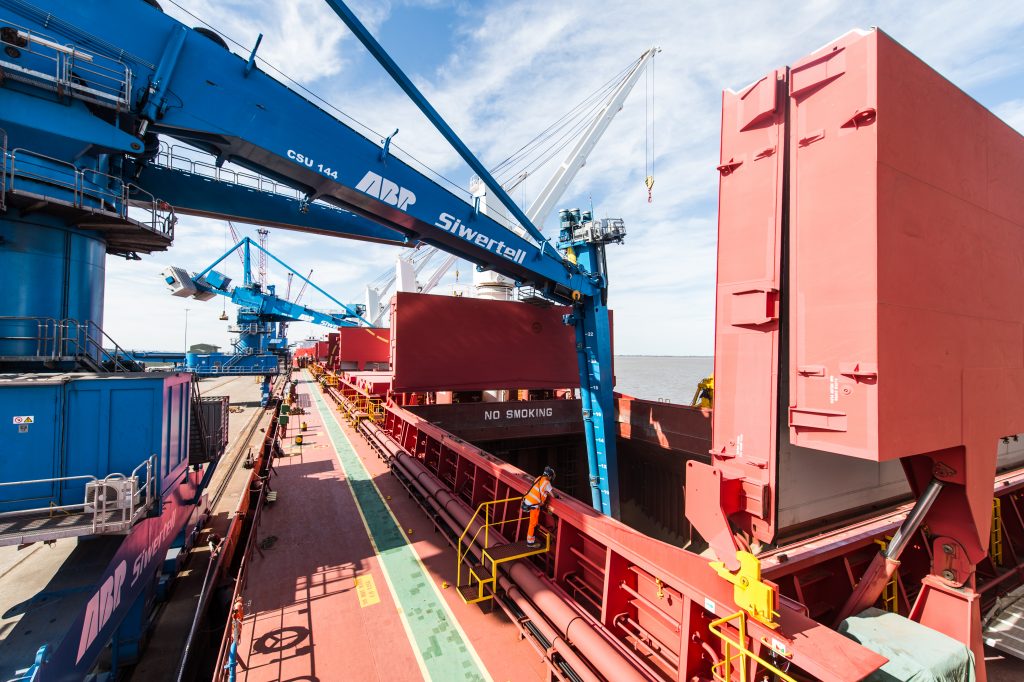
£135 million revamping for renewables
The port began to get serious about renewable energy in 2013 when an investment of around £135m kick-started the creation of the Immingham Renewable Fuels Terminal – the largest biomass handling facility in the world.
Developed by the Associated British Ports as part of a 15-year deal with Drax, the revamp of the former coal port saw an update of its unloading, storage, rail and road facilities to make it biomass-ready.
Getting those 60,000 tonnes of biomass pellets from ship to train to Drax requires tight supply chain systems designed especially for this task.
2,300 tonnes of biomass unloaded every hour
A key component of Immingham is its continuous ship unloaders. Replacing the port’s grab cranes in 2013, these two structures use a combination of suction and an Archimedes screw to discharge 2,300 tonnes of biomass an hour from docking ships.
The continuous unloaders are bespoke for Immingham and designed to keep operating at a constant rate as the Humber’s tide rises and falls. Biomass is drawn up through the unloaders to a conveyer that then takes it all the way from the jetty to one of the port’s eight silos.
120 Olympic-sized swimming pools of storage
Unlike coal, which can be stored in the open air, biomass must be kept dry. Immingham stores wood pellets in eight silos, each capable of holding 25,000 tonnes of biomass.
With the port doubling its storage space from four silos in early 2016, the site’s total capacity now comes in at 336,000m3 – the equivalent of more than 120 Olympic-sized swimming pools.
Here the biomass can be stored for any time between a couple of days and a couple of months, depending on Drax’s demand.
72 trains heading to Britain’s biggest power station every week
The next leg of the journey for the wood pellets sees them moved along the conveyer to board Drax’s specifically designed trains.
Immingham’s rail facilities and Drax’s train wagons were developed to automate the loading process for maximum efficiency. Trains slow down to half a mile per hour as they enter the loading bay where sensors and magnets open the hatch doors of the wagons and close them when they’re full.
The automation of this process allows a 25-wagon train to be filled in just 37 minutes. In total, 12 trains can pass through each day, meaning the port can send 72 trains to Drax every week.
With each hopper’s full load at 71.6 tonnes of compressed wood pellets, each train can carry between 1,700 and 1,800 tonnes. It takes the total biomass reaching the power station from Immingham to a maximum of 130,000 tonnes each week.
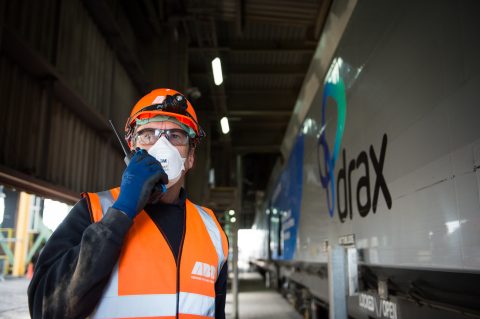
£400 million added to the local economy
Drax’s contribution to the Yorkshire and Humber region includes 3,650 jobs and a £419.2 million economic impact.
This is primarily the result of the impact made by Drax Power Station to the region, however, its support of other businesses along its supply chains means its economic contribution is felt far beyond its Selby site.
In 2016, Drax indirectly supported 1,800 jobs in Yorkshire and the Humber region at facilities such as Immingham. Its indirect economic contribution came to £117 million, as the region’s biomass industry became increasingly important.
Find out about another major UK port that has been transformed thanks to renewable energy. How does biomass get shipped to the UK? Read the story of one of the US ports sending wood pellets to UK shores.







